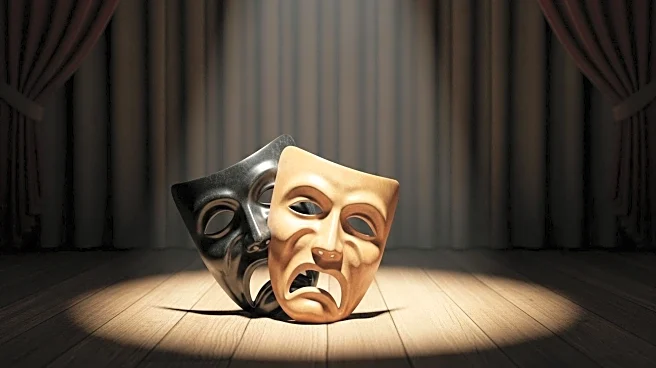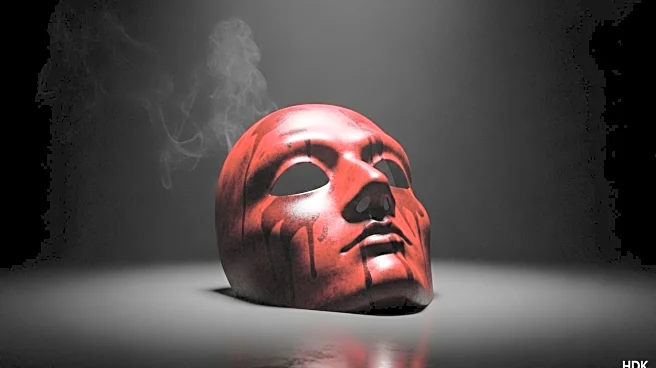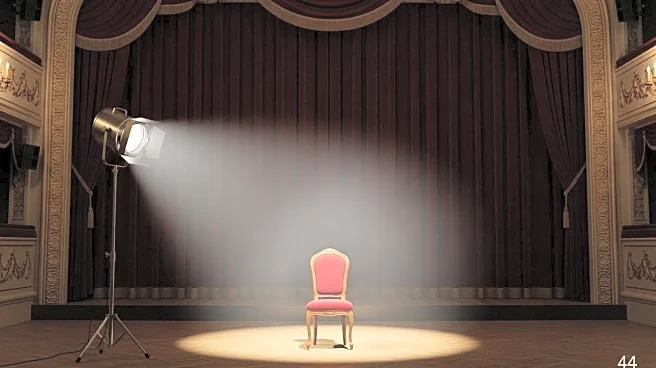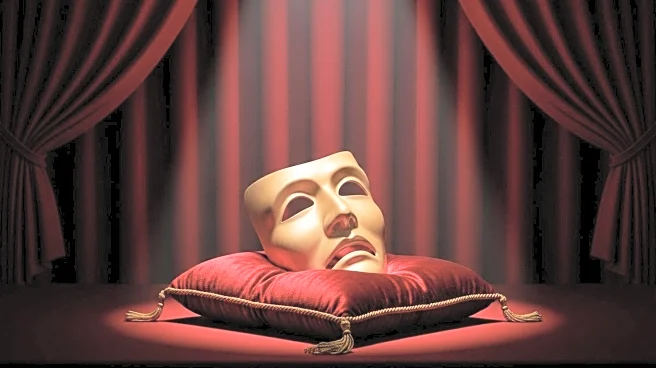What is the story about?
What's Happening?
Steven Soderbergh's latest film, 'The Christophers,' delves into the complexities of artistic legacy through the story of a British art star, played by Ian McKellen, and a young painter, portrayed by Michaela Coel. The film, written by Ed Solomon, follows the narrative of McKellen's character, who is nearing the end of his life and has left behind unfinished canvases. Coel's character is tasked with completing these works, leading to a tense dynamic between the two. The film explores themes of forgery, reputation, and the personal impact of art, as Coel's character navigates her relationship with the man who once inspired and later humiliated her.
Why It's Important?
The film highlights the ongoing dialogue about the value and authenticity of art, questioning who truly owns artistic creations and the legacy they leave behind. It also touches on broader themes of redemption and revenge, as Coel's character holds the power to restore or tarnish McKellen's character's reputation. This narrative resonates with current discussions in the art world about the ethics of art restoration and the impact of an artist's personal life on their work. The film's exploration of these themes may influence public perception and spark conversations about the intersection of art, legacy, and personal history.
What's Next?
As 'The Christophers' continues to gain attention, it may lead to further discussions and analyses within the art community and among audiences about the ethical implications of art restoration and the complexities of artistic legacy. The film's release could also prompt retrospectives on the careers of its lead actors, Ian McKellen and Michaela Coel, and their contributions to the portrayal of complex characters in cinema.
Beyond the Headlines
The film's narrative raises questions about the nature of artistic creation and the role of the artist in society. It challenges viewers to consider the impact of personal relationships on artistic output and the potential for art to serve as a medium for reconciliation or revenge. These deeper implications may lead to a reevaluation of how art is perceived and valued in contemporary culture.
AI Generated Content
Do you find this article useful?














